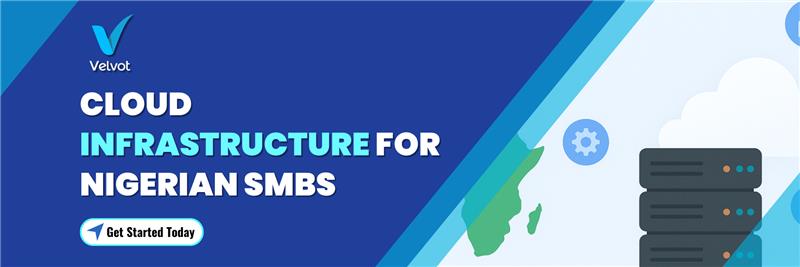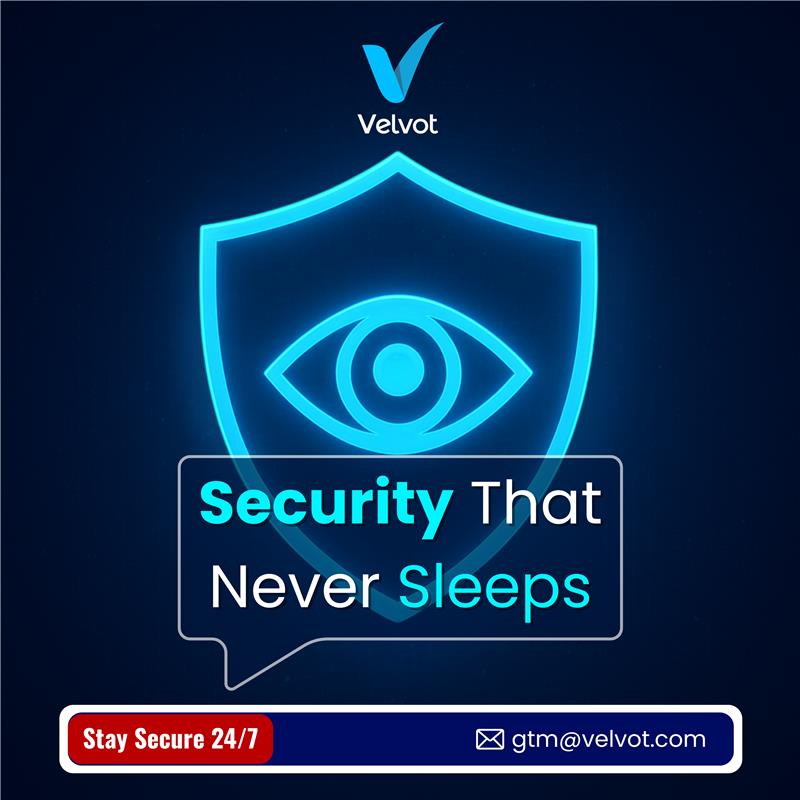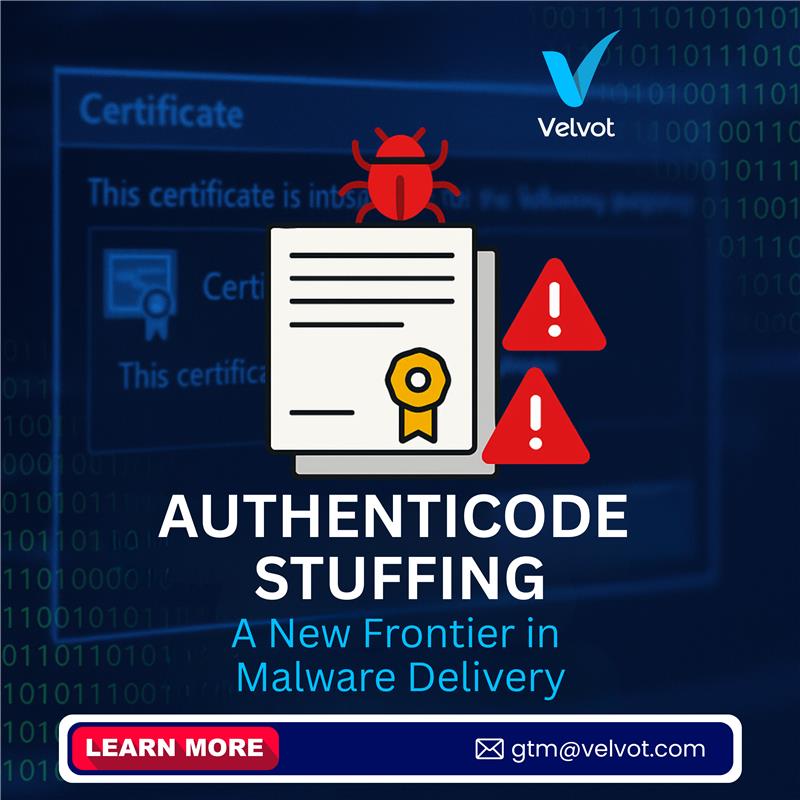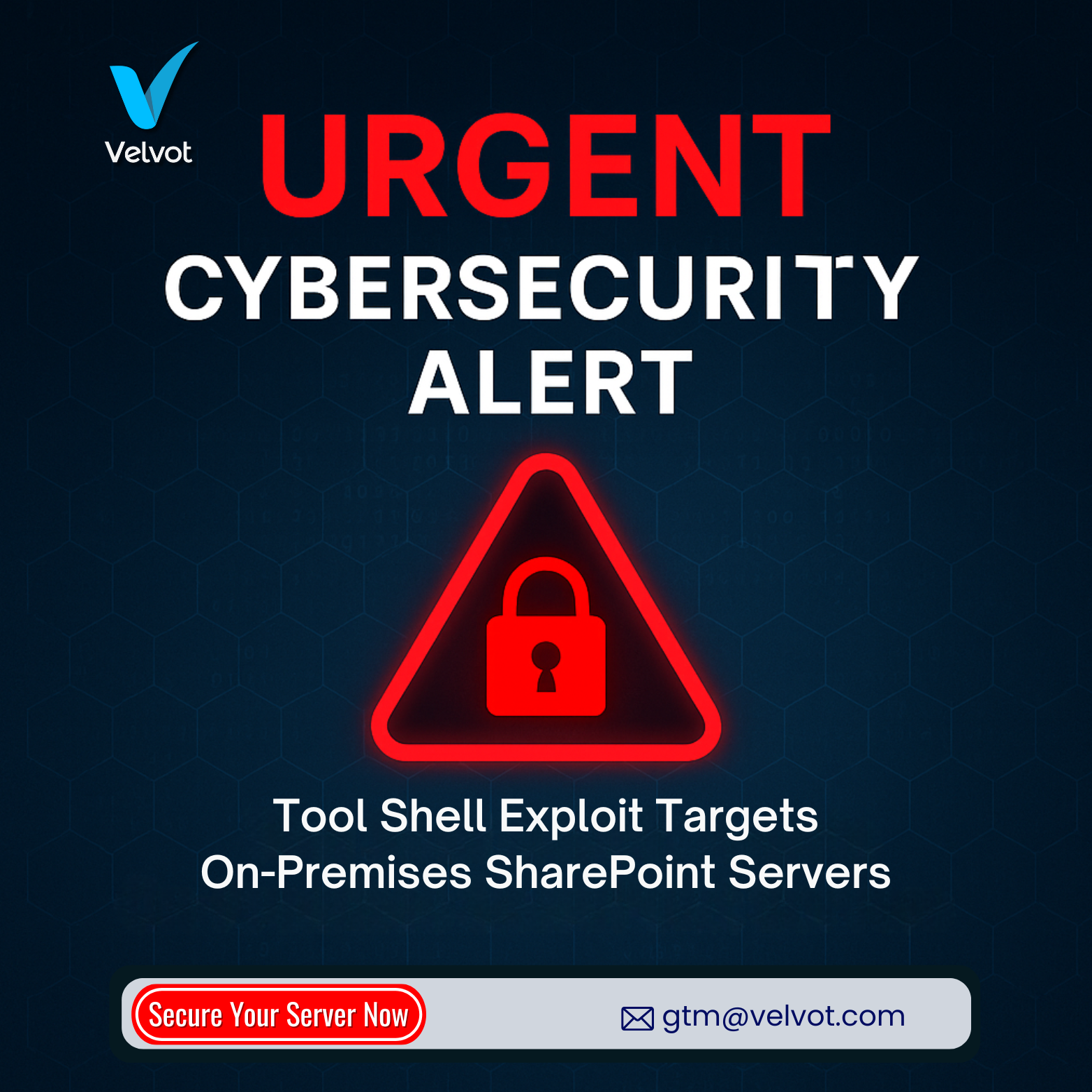
Cloud Infrastructure for Nigerian SMBs: Powering Growth in a Digital Economy
The Nigerian business landscape is rapidly evolving. Customers expect speed, reliability, and innovation. Competitors are leveraging technology to scale faster and reach new markets. For Small and Medium Businesses (SMBs), the question is no longer “Should we move to the cloud?” but rather “How fast can we get there?”
What Does Cloud Infrastructure Mean for SMBs?
Cloud Infrastructure provides businesses with access to computing resources—servers, storage, applications, and networking—over the internet. Instead of managing physical hardware, SMBs can rely on cloud platforms such as Microsoft Azure, AWS, and Google Cloud to power daily operations and fuel long-term growth.
Why Cloud Infrastructure is a Game-Changer for Nigerian SMBs
- 1. Financial Flexibility
- Eliminate the high costs of on-premises servers and data centers.
- Move to a subscription-based model, paying only for the resources you use.
- Free up capital to invest in business expansion and customer acquisition.
- 2. Speed and Scalability
- Launch new applications or services in minutes, not months.
- Scale resources up or down instantly to handle demand spikes—without downtime.
- 3. Robust Security & Data Protection
- Benefit from enterprise-grade security measures like multi-factor authentication, encryption, and real-time threat detection.
- Ensure compliance with data protection standards like ISO 27001 and GDPR.
- 4. Remote Workforce Enablement
- Empower teams to work securely from anywhere using cloud-hosted collaboration tools.
- Boost productivity with integrated platforms like Microsoft 365 and Google Workspace.
- 5. Innovation at Speed
- Leverage AI, machine learning, and IoT on cloud platforms to streamline operations and create smarter customer experiences.
- Accelerate digital transformation without large upfront investments.
Velvot’s Cloud Infrastructure Services
We provide end-to-end cloud solutions tailored to the Nigerian SMB ecosystem:
- 1. Cloud Strategy & Consulting – Assess your current IT setup and define a migration roadmap.
- 2. Cloud Migration – Move workloads seamlessly to the cloud with minimal disruption.
- 3. Managed Cloud Services – Ongoing optimization, monitoring, and support to keep systems running efficiently.
- 4. Cybersecurity Integration – Protect data and applications with advanced security protocols.
- 5. Business Continuity Planning – Ensure data recovery and resilience in case of outages.
Key Industries Benefiting from Cloud in Nigeria
- E-commerce & Retail – High availability for online platforms and inventory systems.
- Financial Services & Fintech – Secure and compliant solutions for transactions and customer data.
- Healthcare – Cloud-based patient record systems and telemedicine platforms.
- Logistics & Supply Chain – Real-time tracking and analytics for better decision-making.
At Velvot Nigeria Limited, we specialize in building cloud infrastructure solutions that enable Nigerian SMBs to thrive in a digital-first economy.
Why Choose Velvot?
- Certified cloud experts with proven success in deploying scalable solutions for SMBs.
- Strategic partnerships with Microsoft, AWS, and Google Cloud for enterprise-level reliability.
- Customized solutions that balance cost, performance, and security.
Conclusion
Cloud adoption is no longer a luxury—it is a critical step for Nigerian SMBs looking to compete in a digital-first marketplace. By embracing cloud infrastructure, you can reduce costs, boost efficiency, and unlock new revenue streams.
Next Step
Let Velvot be your Cloud Strategy Partner. Schedule a consultation today to explore how we can design and implement a future-ready cloud infrastructure for your business.
📧 Email: gtm@velvot.com
Phone: +234 9111315822













